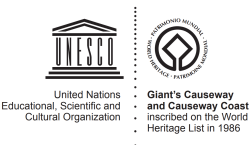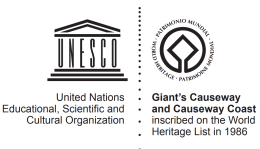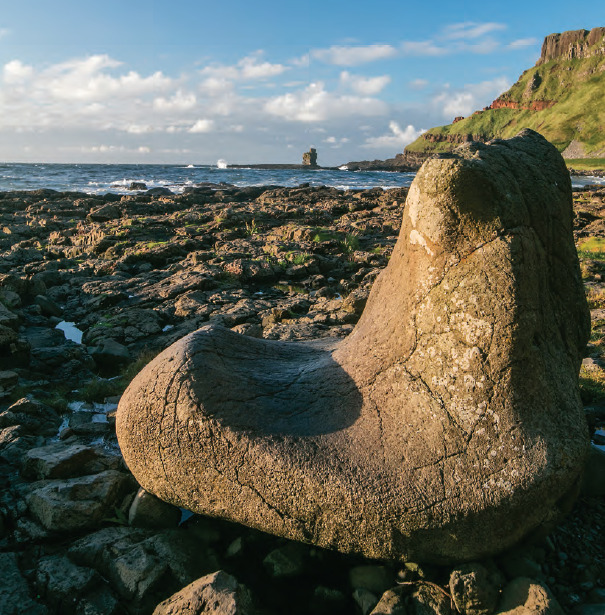
The Giant’s Causeway has become a symbol for Northern Ireland, demonstrating its significance to the area and its people. The World Heritage Site is intrinsically connected to communities and culture. It boasts an intangible heritage of myths, stories and folklore, alongside built and maritime heritage.
The Story of Finn McCool
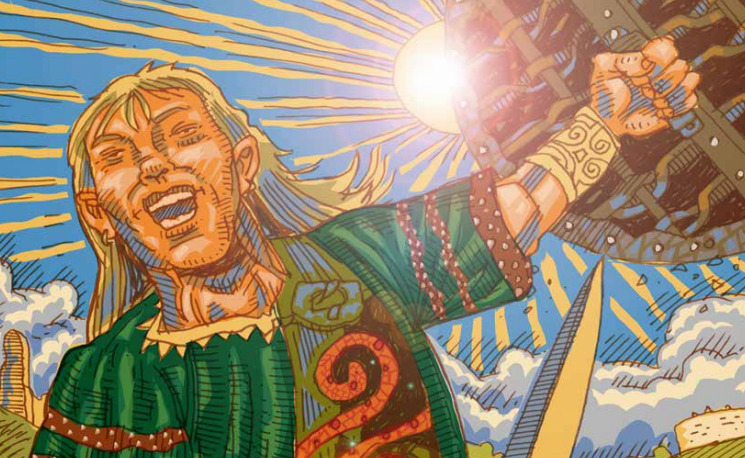
Local communities used stories to explain the curious appearance of the Causeway Stones long before the site’s geological origins were known. The most well-known story is that of Finn Mac Cool, or Fionn Mac Cumhaill; this story was first documented by Irish monks in the Medieval period but could be much older.
According to the tale, Finn Mac Cool created the Causeway so that he could reach Scotland and fight his rival, the Scottish giant Benandonner. Finn saw Benandonner in the distance and realised he was much bigger than he had expected, so he fled back home along the causeway, losing a boot along the way and telling his wife Oonagh everything upon his return. However, Benandonner used the causeway to bring the fight to Finn and on reaching Finn’s house he knocked the door and demanded to fight.
Oonagh told Finn to pretend he was asleep and covered him in a blanket. She told Benandonner that Finn was out, and the sleeping Finn was their child Oisin. Benandonner took one look at the enormous baby and feared what size his father must then be. Benandonner fled back to Scotland tearing up the Causeway as he went so that Finn could not follow him, leaving only its remnants at the Giant’s Causeway and at Fingal’s Cave on the Scottish island of Staffa.
Various spots in the WHS, such as the Giant’s Boot, Giant’s Organ and Giant’s Harp, are linked to this tale of Finn Mac Cool.
Stories featuring Finn and other giants are also included in the folklore of other sites within the Causeway Coast and Glens area – see CCGHT’s Mythological Landscape of the Glens of Antrim publication for some examples.
La Girona
The Giant’s Causeway WHS extends into the marine area and so also includes what is arguably Northern Ireland’s most impressive Historic Wreck Site – the wreck of the Spanish Galleass La Girona. The ship was a part of the Spanish Armada sent by King Phillip II of Spain to invade England in 1588. This naval attack was famously rendered a disaster by bad weather, with the Spanish fleet forced to attempt a lengthy retreat. Several Armada vessels sank off the coast of Ireland while attempting to return to the Iberian peninsula – including the Girona. It sank on 26th October 1588, off Lacada Point. Of 1300 souls on board only 10 people are recorded to have survived the tragedy. A memorial to the victims of the tragedy is located in the nearby bay of Port Na Spaniagh.
Items were recovered from the wreck in the late 1960s by Robert Sténuit, and these treasures can now be seen at the Ulster Museum. The wreck is now designated under the Protection of Wrecks Act 1973 and it is illegal to dive at this site without a licence.

Early Tourism
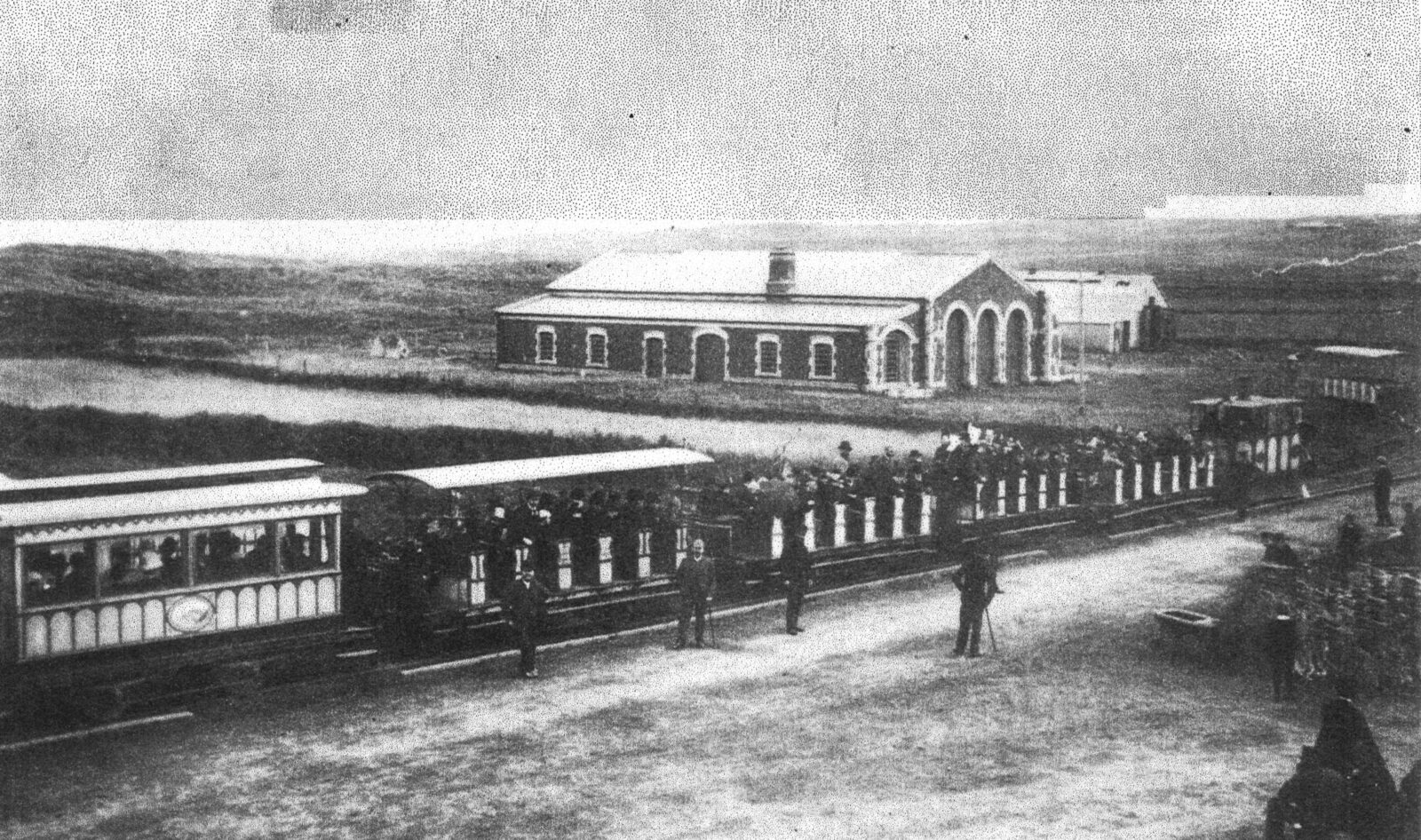
The Giant’s Causeway has been a popular tourist attraction since the 18th century and even featured in early Irish tourist guidebooks of the period. The first Causeway Hotel was built in 1836 and was followed by Kane’s Royal Hotel in the 1860s. Locals would derive income from the site, working as tour guides and selling souvenirs, crafts and ephemera at the stones.
Tourism to the Causeway Coast was boosted with the arrival of the railway to nearby Portrush in the 1850s. In 1887, the world’s first hydroelectric tramway was extended to the Causeway from Bushmills – the tramway closed in 1949.
